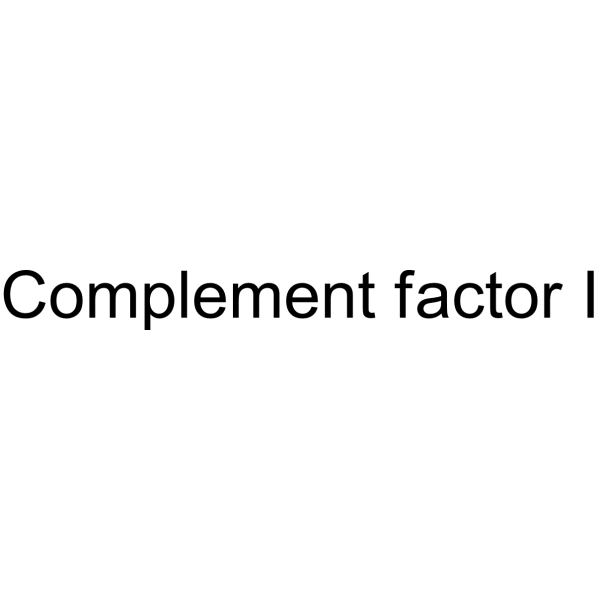Structural basis for complement factor I control and its disease-associated sequence polymorphisms.
Pietro Roversi, Steven Johnson, Joseph J E Caesar, Florence McLean, Kirstin J Leath, Stefanos A Tsiftsoglou, B Paul Morgan, Claire L Harris, Robert B Sim, Susan M Lea
Index: Proc. Natl. Acad. Sci. U. S. A. 108(31) , 12839-44, (2011)
Full Text: HTML
Abstract
The complement system is a key component of innate and adaptive immune responses. Complement regulation is critical for prevention and control of disease. We have determined the crystal structure of the complement regulatory enzyme human factor I (fI). FI is in a proteolytically inactive form, demonstrating that it circulates in a zymogen-like state despite being fully processed to the mature sequence. Mapping of functional data from mutants of fI onto the structure suggests that this inactive form is maintained by the noncatalytic heavy-chain allosterically modulating activity of the light chain. Once the ternary complex of fI, a cofactor and a substrate is formed, the allosteric inhibition is released, and fI is oriented for cleavage. In addition to explaining how circulating fI is limited to cleaving only C3b/C4b, our model explains the molecular basis of disease-associated polymorphisms in fI and its cofactors.
Related Compounds
| Structure | Name/CAS No. | Molecular Formula | Articles |
|---|---|---|---|
 |
complement factor i
CAS:80295-66-5 |
|
Rare variants in CFI, C3 and C9 are associated with high ris...
2013-11-01 [Nat. Genet. 45(11) , 1366-70, (2013)] |
|
Molecular organization and function of the complement system...
2011-01-01 [Annu. Rev. Biochem. 57 , 321-47, (1988)] |
|
Mutations in complement regulatory proteins predispose to pr...
2011-03-01 [PLoS Med. 8(3) , e1001013, (2011)] |
|
Eculizumab for dense deposit disease and C3 glomerulonephrit...
2012-05-01 [Clin. J. Am. Soc. Nephrol. 7(5) , 748-56, (2012)] |
|
Factor I autoantibodies in patients with atypical hemolytic ...
2012-03-01 [Clin. J. Am. Soc. Nephrol. 7(3) , 417-26, (2012)] |